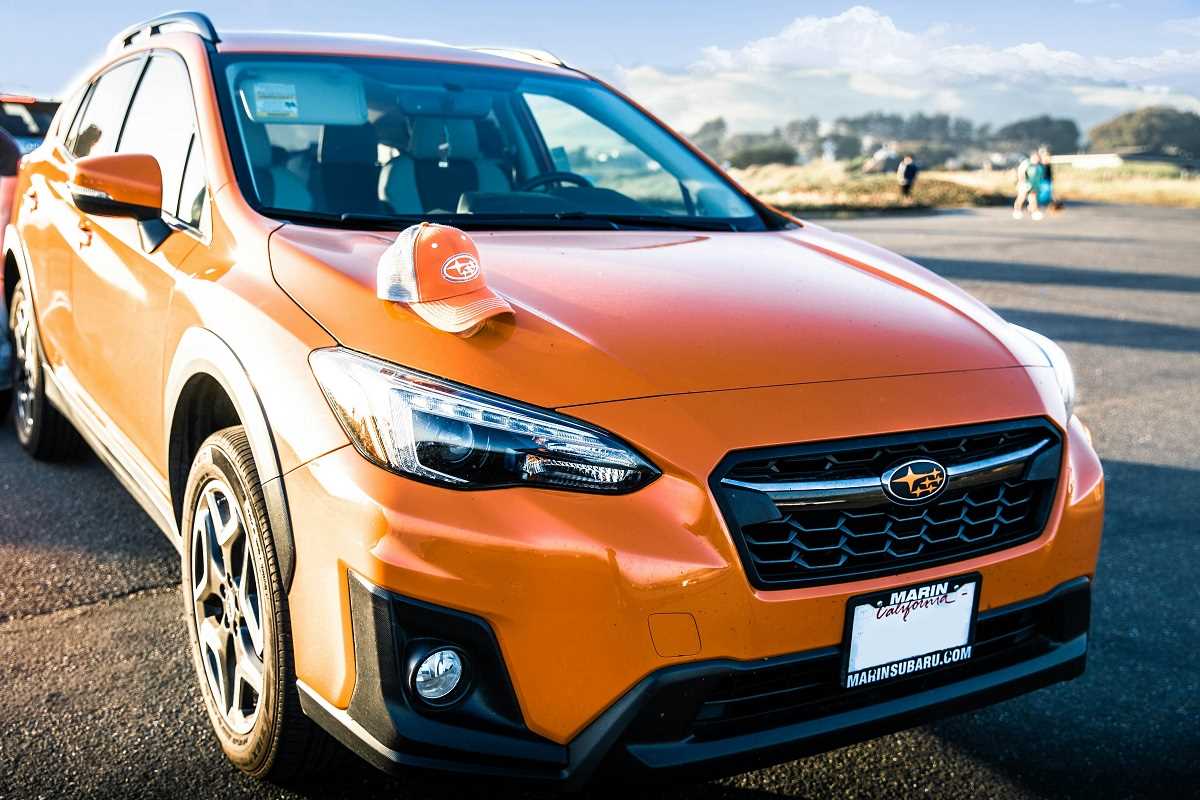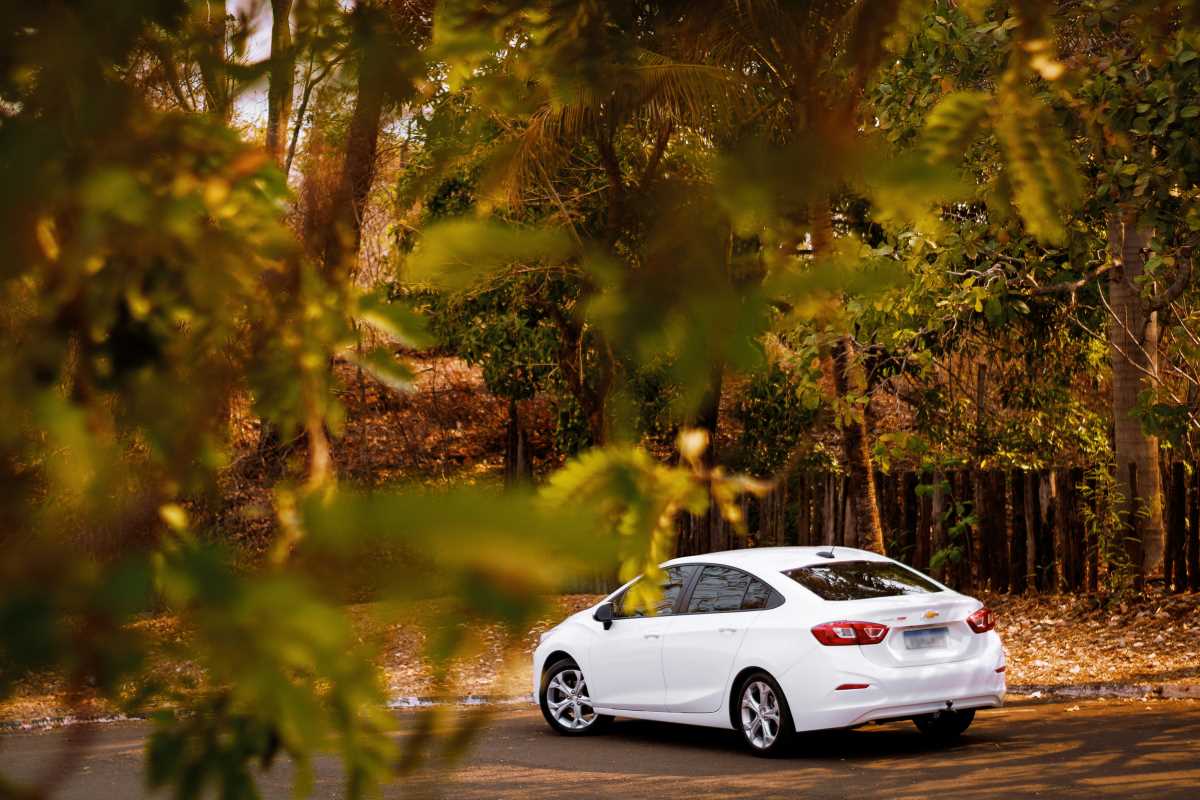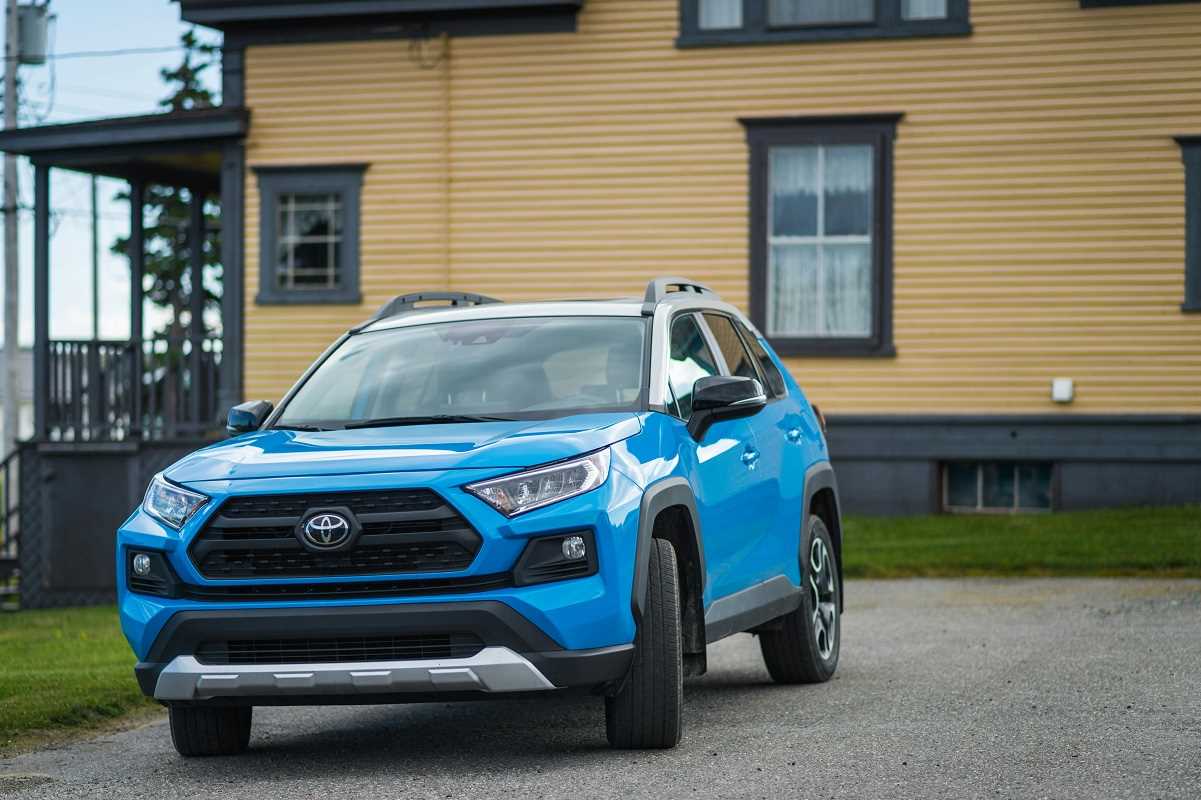Driving abroad can be an exciting experience. Cruising along Europe’s scenic roads, exploring new cities, or tackling countryside adventures all become easier with your own wheels, giving you freedom and flexibility. But before you jump into a rental car or take your vehicle across borders, there’s one thing to sort out. Car insurance. Rules, coverage, and requirements can differ significantly from country to country, and an oversight could leave you stuck in a tricky (and expensive) situation. Understanding the basics doesn’t have to be complicated. We're gonna break down the essentials of car insurance policies while driving abroad so you can travel with peace of mind and focus on enjoying the ride.
1. Check Your Current Car Insurance Policy
Owning a car and having insurance in your home country means the first step is checking what your policy covers when traveling abroad. Some policies might extend coverage for international driving, but not all of them do. It’s a good idea to call your insurance company and ask questions like:
- Does my current policy apply to driving in another country?
- What countries are included?
- Will it cover rentals or only my own vehicle?
Make sure you get clear answers. Don’t assume you’re covered just because you have insurance at home.
2. Know the Difference Between Personal and Rental Car Insurance
Renting a car works a little differently. Most rental companies offer insurance options, often including collision damage waivers (CDW), liability insurance, and theft protection. It can be tempting to skip these add-ons to save a few bucks, but things can get messy here. Something like an accident or theft could happen, and you could end up paying a fortune out of pocket.
To avoid this, check if your credit card offers rental car insurance. Many credit card companies include coverage for rental vehicles as a perk, but like with any policy, there are limits. Always read the fine print so you know exactly what’s included. If your personal car insurance or credit card doesn’t fully cover rentals abroad, consider purchasing the rental company’s insurance package. It might feel like an extra step, but the peace of mind is worth it.
3. Learn About “Green Cards” and International Insurance
You might need something called a “green card.” No, it’s not the same as the one for immigration. A green card is an international insurance certificate that proves you’re covered in participating countries. It’s especially important for cross-border trips since European nations' insurance requirements vary. Ask your insurance provider if you need this document and how to get one. It’s typically free or comes at a small fee.
4. Understand Liability vs. Comprehensive Coverage
Knowing the key differences between liability and comprehensive car insurance is essential.
- Liability coverage: This pays for damages to other people’s property or injuries in an accident you caused. Most countries require at least basic liability insurance, but the limits and rules can vary.
- Comprehensive coverage: This covers your own car in case of accidents, theft, or damage caused by things like weather or vandalism.
Liability coverage is mandatory in most places, but comprehensive coverage is optional but highly recommended. Imagine parking your car in a crowded city, only to return and find it’s been scratched or stolen. Comprehensive coverage can save you from unexpected expenses.
5. Know Country-Specific Requirements
Car insurance laws differ all over the world, so you’ll need to be aware of the rules for the country (or countries) you’re driving in.
- Europe: Many European countries require drivers always to carry proof of insurance and registration. Some also have special rules, like needing a green card for cross-border driving.
- Australia: Most rental companies include liability insurance in their packages, but optional “excess reduction” coverage can lower the amount you’d pay out of pocket after an accident.
- Mexico: Mexican law requires foreigners to buy Mexican liability insurance, even if they just stay for a short trip. Your U.S. policy won’t count here.
- Japan: If you’re renting a car in Japan, non-residents are typically required to purchase insurance through the rental company. Personal car insurance from another country won’t apply.
Research the local requirements and ask your car rental company or travel agent for guidance.
6. Inform Your Insurance Company
Don’t forget to inform your insurer before the trip if you plan on using your own car. Insurance companies often need to update their records to include international coverage, especially if you’re crossing borders. Failing to do this might result in denied claims later. Make a list of important phone numbers, like your insurance company’s international claims line, and keep it handy in case of emergencies.
7. Budget for Insurance Costs
One thing that surprises many travelers is how much insurance can affect the overall cost of their trip. Paying for a full-coverage rental insurance package or picking up cross-border liability coverage can quickly add up. To save money, shop around for the best deals. Some rental companies bundle their insurance options with discounts, or you might find cheaper coverage from independent providers. Just remember, cutting costs at the expense of proper coverage isn’t worth the risk.
8. Prepare for the Unexpected
Even with the best planning, accidents and mishaps can still happen while driving abroad. Knowing how to handle them is key. If you’re involved in an accident, follow these steps:
- Make sure everyone is safe and call emergency services if needed.
- Take photos of the vehicles, damages, and nearby road signs or landmarks.
- Exchange contact and insurance information with the other driver.
- Notify your insurance company as soon as possible.
Some countries also require you to file a report with the local police, even for minor accidents. Knowing this can save you from confusion during a stressful moment.
 (Image via
(Image via





